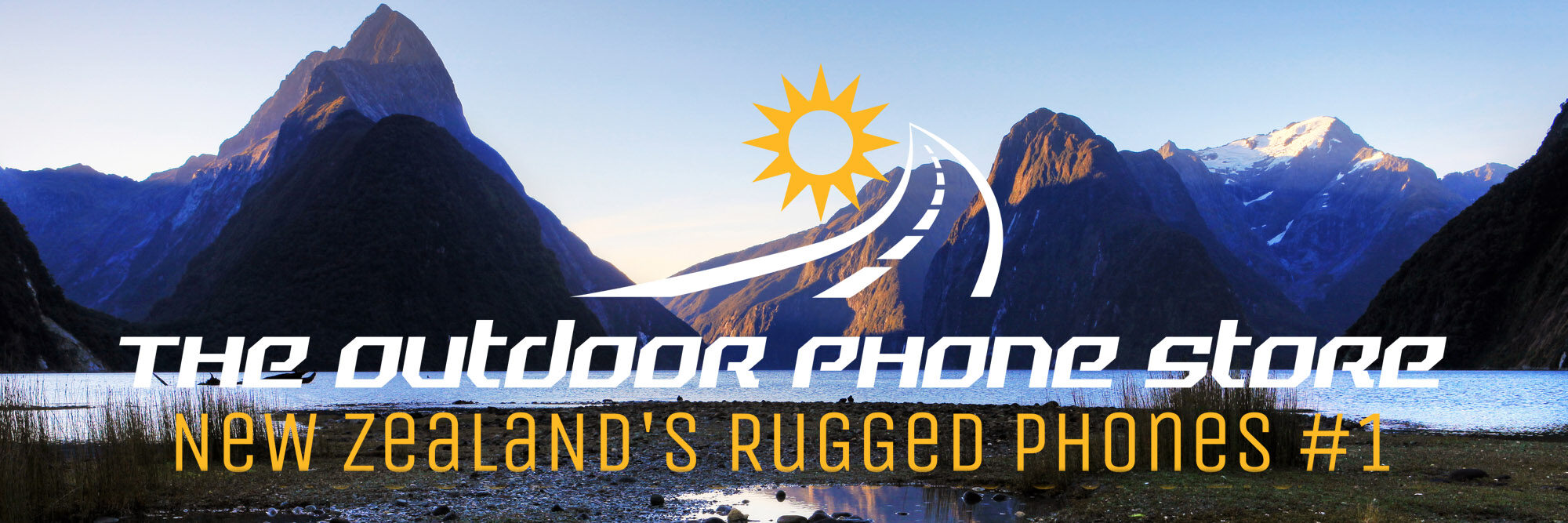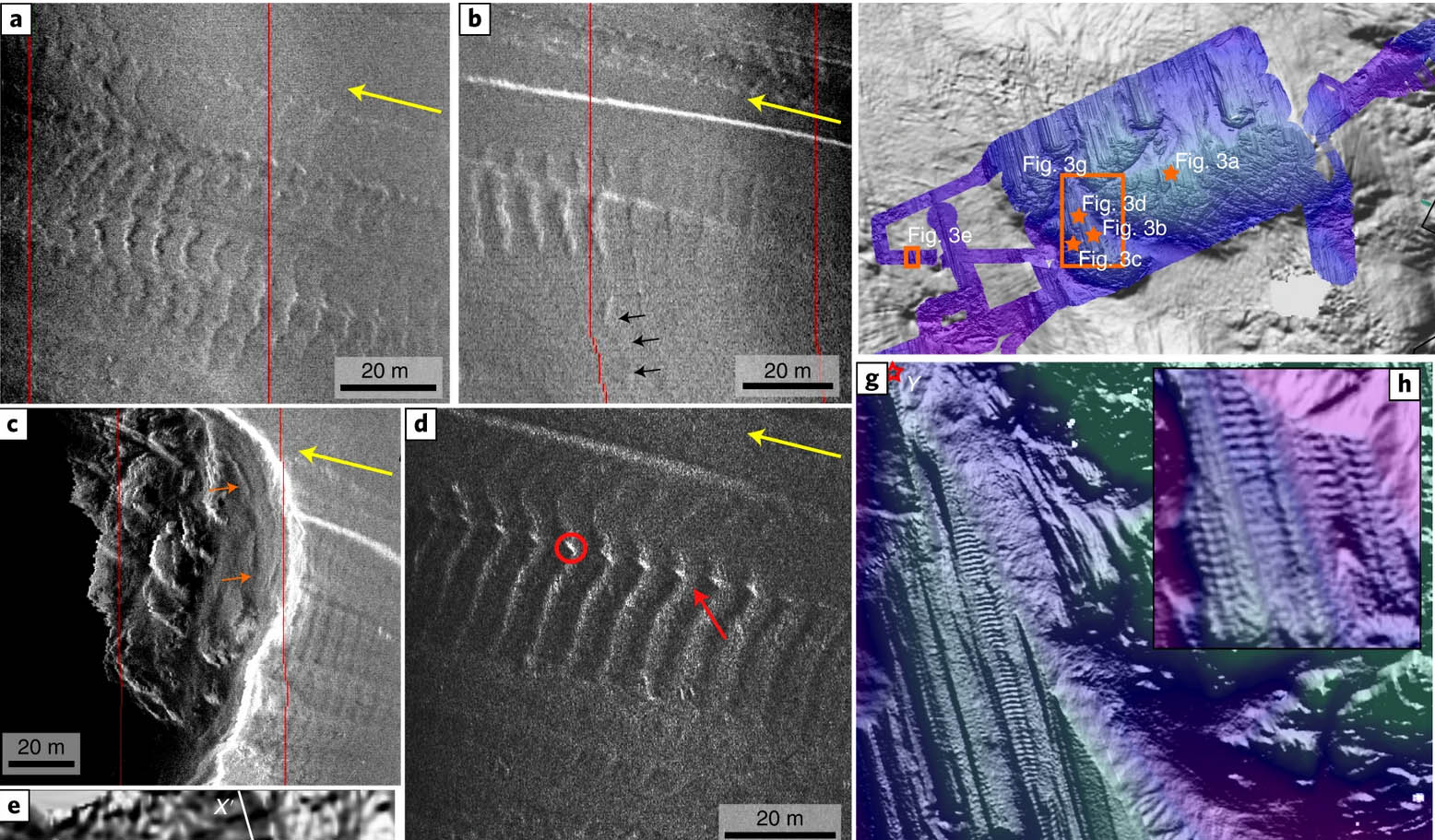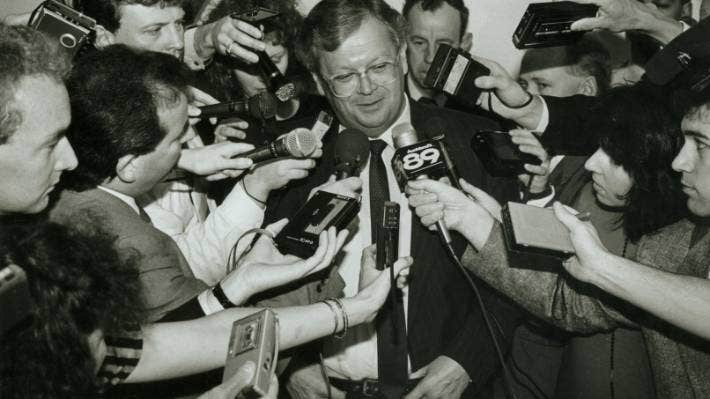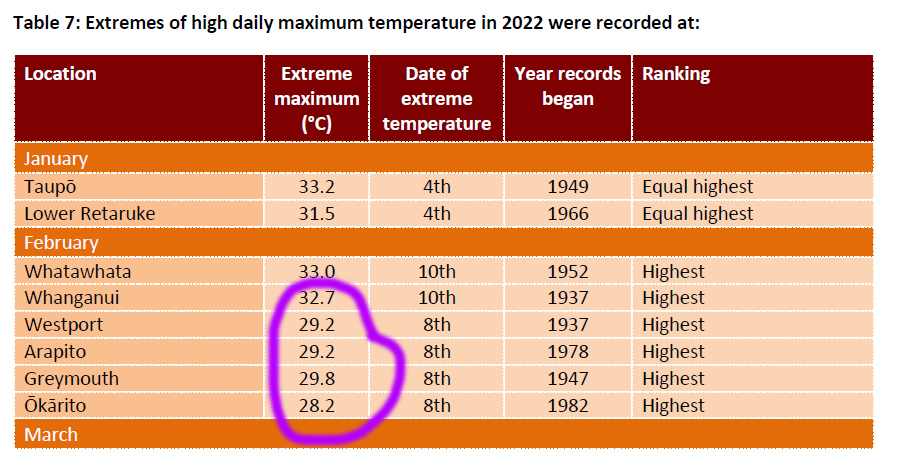 WHERE TRADITION RULES
WHERE TRADITION RULES
Once a closed state, Carol Pucci discovers Laos is an unspoiled treat
LUANG PRABANG, Laos – At first it sounds like thunder. Then I recognize the beat of a drum and the hollow ring of a gong. It’s 4 a.m. and the neighbours across the street, the Buddhist monks of Wat Sene, are starting their day.
Two hours later, I step around the desk clerk asleep on the floor in the lobby of the Senesouk Guest House and walk outside. Lined up next to the red and gold pavilions inside the temple gate are dozens of orange-robed monks about to begin their daily ritual of collecting alms.
Barefoot young novices, some just school-age boys, follow the lead of the older monks as they walk in a single-file procession, tipping their lacquered bowls toward women kneeling along the roadside offering dollops of sticky rice.
One young monk yawns; another smiles when a woman substitutes a candy bar instead of rice. No one speaks.
The scene repeats itself every morning on nearly every street, country road and back alley in Luang Prabang, the ancient former royal capital of Laos. Thirty-two Buddhist temples housing more than 500 monks are part of a cache of historical treasures that led UNESCO to declare this the best-preserved traditional town in Southeast Asia.
Set 2,300 feet above sea level on a peninsula at the junction of the Mekong and Nam Khan rivers in northern Laos, the town of Luang Prabang, part of a jungle province surrounded by teak forests and limestone mountains, has always been a special place among the spiritual.
The first kingdom of Laos was established here in the 14th century. The last king to rule the country – Sisavang Vatthana – lived in the Royal Palace, now a museum, until shortly after a communist takeover following the Vietnam War.
Laos became the Lao People’s Democratic Republic in 1975 and reopened in the late 1980s to outsiders after years of isolation. With its temples and collection of French-style mansions and shop houses, Luang Prabang was declared a World Heritage site in 1995, and began attracting Western travelers drawn to the absence of cars and crime and easy, slow pace.
Small enough to walk around in a few hours, this is a town that so far seems to have found its way onto the Southeast Asia tourist route without compromising its culture.
Along Thanon Xieng Thong, the sleepy main street lined with temples glittering with mirrored mosaic tiles, women wearing long, slim silk skirts amble by on bicycles or motorbikes, shading themselves with parasols.
Banana and palm trees shade alleyways leading to the misty Mekong. Pots boil over charcoal and wood fires at open-air breakfast restaurants. At the morning market, women crouch on low stools as they split sugar cane with machetes.
It’s possible to buy a cheeseburger, a latte or get a foot massage at a string of businesses catering to Western travelers. But there are no McDonald’s or Starbucks or high-rise hotels, and the World Heritage status is likely to quash any wholesale moves toward gentrification.
Laws ban construction of modern hotels in the historic center.
Instead, local officials encourage developers to renovate stylish old mansions, built when Laos was a French colony and European architecture thrived.
“The question is, how far do we want to go?” says Tara Gujadhur, an American hired by a Dutch organization to help local officials develop ecotourism.
The number of tourists visiting Luang Prabang grew from 67,000 in 1997 to 170,000 in 2002. “Our goal is not to become another Chiang Mai (a town in Northern Thailand that’s lost much of its charm to an influx of Western tourists) or to follow Thailand’s lead.”
Best advice: Get here soon. Rise early. Chat with a monk. Cruise the Mekong in a longtail boat. Wave at the sweet-potato and peanut farmers working the terraced hillsides.
Sit back. Sip an ice coffee at a riverside cafe at sunset.
For now at least, Luang Prabang is much like what most of Southeast Asia used to be – a slice of the world made for slowing down.
It didn’t take long for me to become a regular at the Sack Restaurant next door to my guesthouse where the bill for a banana pancake with a thin coat of honey, and a coconut shake, came to about $2.
One morning, the young owner split open a coconut for my shake, then while the pancake was cooking, took off on his motorcycle, and returned a few minutes later with his own breakfast.
“This is what Lao people eat,” he laughed, opening a packet of liver steamed in a banana leaf.
Most people speak French as well as Lao and almost everyone is anxious to practice their English.
I wandered into the temple grounds at Wat Sene one afternoon with hopes of putting a name and a face to the sea of orange robes filing by in the morning procession.
 A young man standing outside near a giant standing Buddha figure wrapped in a silk sash introduced himself as Monk Chantha, age 20.
A young man standing outside near a giant standing Buddha figure wrapped in a silk sash introduced himself as Monk Chantha, age 20.
He dreams of one day teaching or working in computers. In the meantime, as a novice, he studies, prays and observes the many rules of Theravada Buddhism.
“No driving, no killing animals, no drinking, no eating after noon. And no swimming,” he smiles as we stand talking in the midday heat. “Only showers.”
Lao boys become monks for a day, a week, months or years, often as a way of gaining merit for their parents or a relative. Chantha, like many short-term monks, entered the temple in exchange for an education his family could not otherwise afford.
We exchanged e-mail addresses, but he warned that I might not hear from him often. “For us, it’s very expensive,” he says. I checked later at an Internet cafe. The price was about $1.50 per hour.
Westerners can travel like kings all over Southeast Asia, but Laos offers exceptional value. The currency is the kip, and with a 1,000-kip note worth about 20 cents, change for a $20 adds up to a thick wad of colorful bills.
An air-conditioned room in the eight-room Senesouk Guesthouse, with polished teak floors and modern bathrooms, costs $40; It’s possible to eat well at any of the riverside restaurants for $5-$6 a person including a large bottle of Beer Lao. There’s also a handful of upscale European-style guesthouses and bistros that cater to Western wallets, and a few are worth a splurge.
A bargain at $100 a night is a deluxe room in the Villa Santi, an elegant and graceful hotel in a mansion owned by the family of a former royal princess. Around the corner, at the French-owned L’Elephant bistro, friends and I sampled a menu of Laotian specialties for $15 each that included betel leaf soup, marinated pork and banana flower salad, marinated buffalo, and tropical fruits seasoned with pepper and lemon grass syrup.
Tourism has brightened the economic prospects for many in a country where the per capita income is $500 a year.
Longtail boats once carried only fishermen. Now they ferry tourists along the twisting Mekong. Twenty-five dollars buys a trip to the Pak Ou caves two hours upstream where grottoes carved into limestone cliffs house hundreds of Buddha statues. On the way back, the boats stop at a village where the locals make whiskey from rice and another that specializes in paper making and silk weaving.
Lim Somsy, a villager who sells paper lamps he makes from the bark of mulberry trees, explains that until five years ago, most of the 200 families living in the Mekong village of Xang Khone only farmed rice. Then tourism took off and the “whole village benefited.”
Perhaps it has to do with living under a Soviet-style government, but locals have adopted an entrepreneurial spirit that’s endearing in contrast with high-energy cities like Bangkok or Saigon, where travelers are sometimes hassled by annoying touts and scam artists.
“Lucky, lucky,” a young woman squatting on a straw mat piled with rows of silk scarves calls out as I walked by her stall at the night market. “You buy from me please.”
 She was among dozens of women who come in from the villages each night carrying bags filled with hand-sewn and woven textiles. “How much do you want to pay?” she asks, unfolding two or three scarves in colors that caught my eye.
She was among dozens of women who come in from the villages each night carrying bags filled with hand-sewn and woven textiles. “How much do you want to pay?” she asks, unfolding two or three scarves in colors that caught my eye.
In the village of Ban Aen, about a half-hour’s drive from Luang Prabang, brick and tile have replaced dried palm and thatched bamboo on some of the houses, signs of the new prosperity.
Bouncing around in the back of a tuk-tuk, an open-air truck with bench seats and a canopy, I came here to catch a boat for a 10-minute trip along the Nam Khan to the jungle waterfalls of Taat Sae.
As the driver turned into the village, I noticed two women standing on either side of the road holding a piece of string with plastic bags attached to it. As we approached, they grinned shyly and raised the string.
“The village entrance,” the driver laughs when I ask what was going on. He leaned out the window and handed one of the women two 1000 kip notes, worth 25 cents. Then they lowered the string and thanked us with big smiles and waves as we drove inside.
INTREPID LAOS
The Great Indochina Loop
29 days, ex Bangkok
Trip Style: Intrepid Original
Highlights: Bangkok, Chiang Mai, Mekong River, Luang Prabang, Hanoi, Halong Bay, Hue, Hoi An, Ho Chi Minh City, Temples of Angkor
Brief: Journey through the heart, the soul and the many diverse delights of Indochina. The treasures of Thailand, the locals of Laos, the vibrancy of Vietnam and charisma of Cambodia – discover it all on this awesome adventure Asia.
Departure: Departs every Wednesday
Price: AU$2030 plus a Local Payment of US$400 per person.
A Taste of Laos
5 days, Vientiane to Luang Prabang
Trip Style: Intrepid Independent
Highlights: Vientiane, Luang Prabang, Mekong River, Pak Ou Caves
Brief: Experience the essence of Laos on this short but enlightening trip. Colonial mansions, tree-lined boulevards and Buddhist temples impart a unique timelessness to the charming town of Vientiane, situated on the banks of the mighty Mekong River. The former royal capital of Luang Prabang never fails to enchant visitors with its abundance of temples, faded French provincial architecture and friendly people. Visit these sites and get a memorable introduction to a fascinating country, seemingly lost in time.
Departure: Departs daily
Price: AU$625, twin share per person or AU$960, single per person
KNOW BEFORE YOU GO
When is the best time of year to travel?
Just about anytime is a great time to visit Laos as most of the year is hot and humid. There are three main seasons – hot, wet and cool. The hot season is from February to May, during which temperatures can get up to 40°C and the land is dry and dusty. The wet season is from June to October and tends to have consistent rain, cloudy days with temperatures averaging around 30°C. The cool season runs between November and January with temperatures dropping as low as 15°C in the evening.
Religion: 60% Buddhist, 40% Animist & other
Language: Lao
Currency: Lao Kip (LAK)
Visas: All nationalities require a visa to enter Laos. We ask all our travellers to obtain their Laos visas in Asia, and NOT in their home country. Generally best to get it in the starting point location or on occasions at the border, depending on the current state of affairs (it varies!). Please ensure that you have 3 passport photos and US$50 cash (this may vary too) to fulfill the requirements.
Electricity: 220V AC







